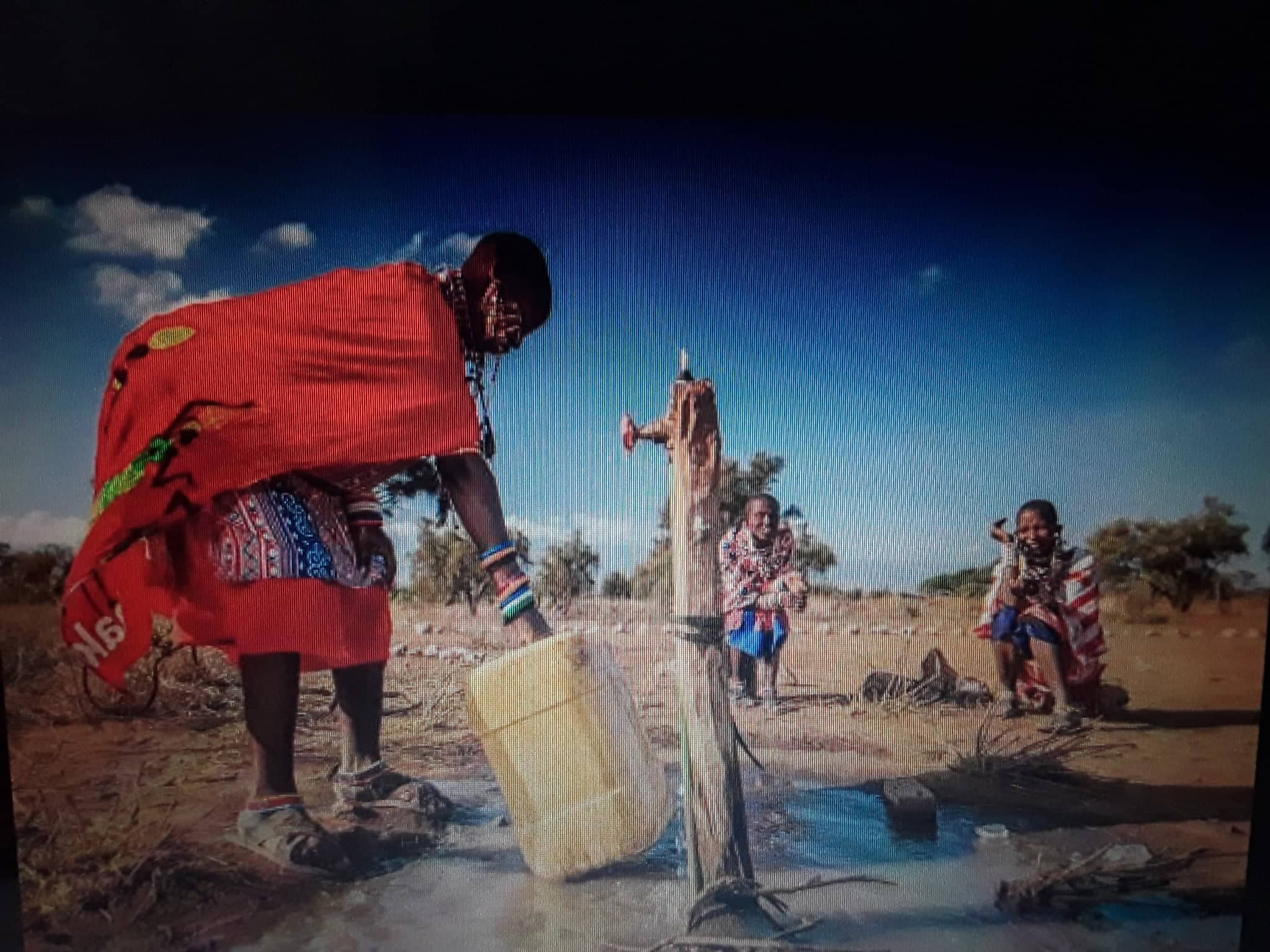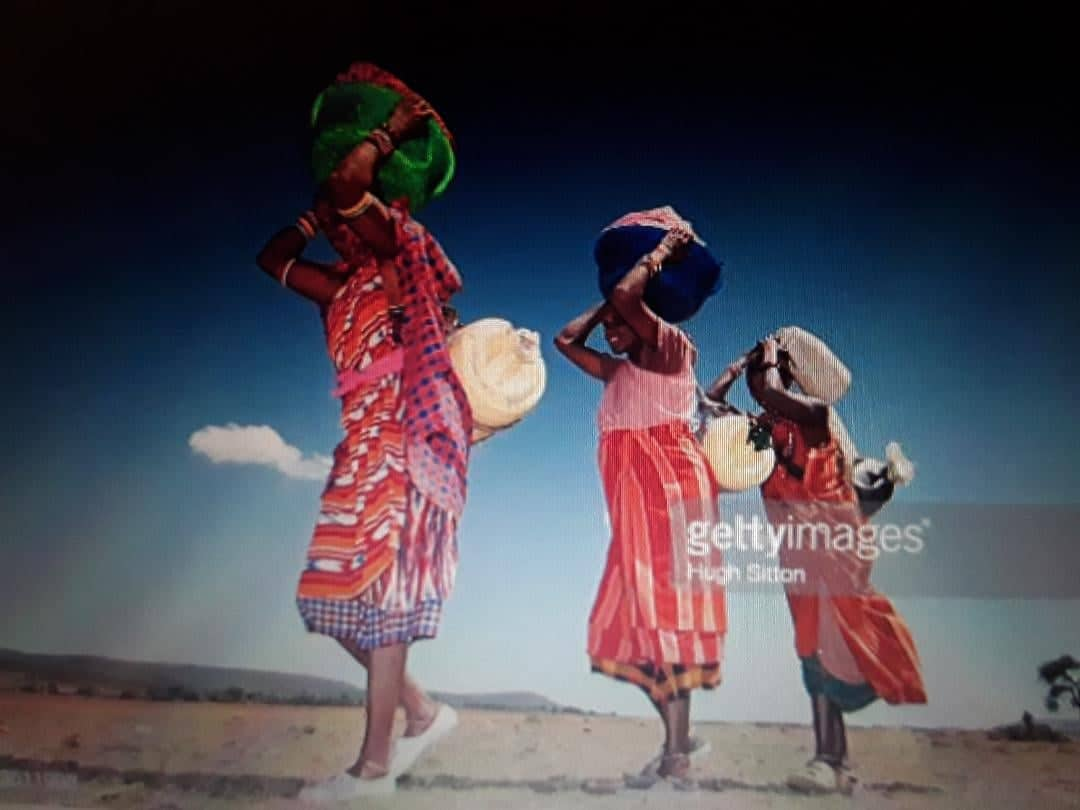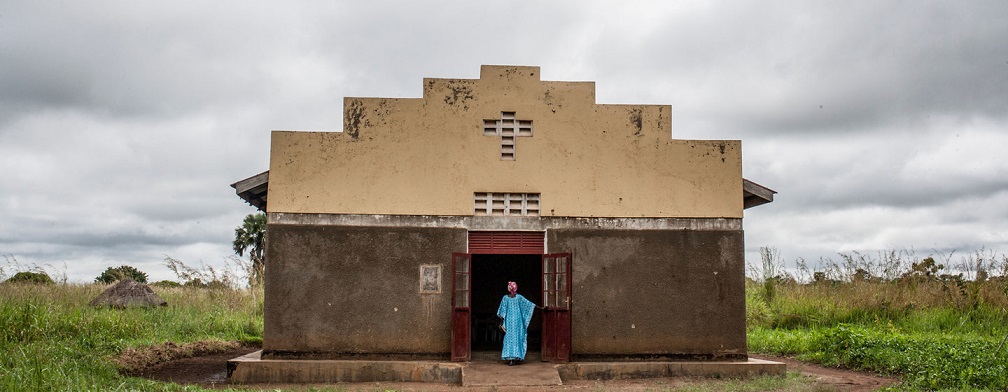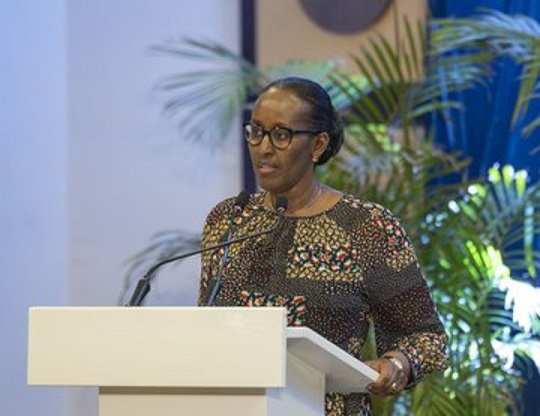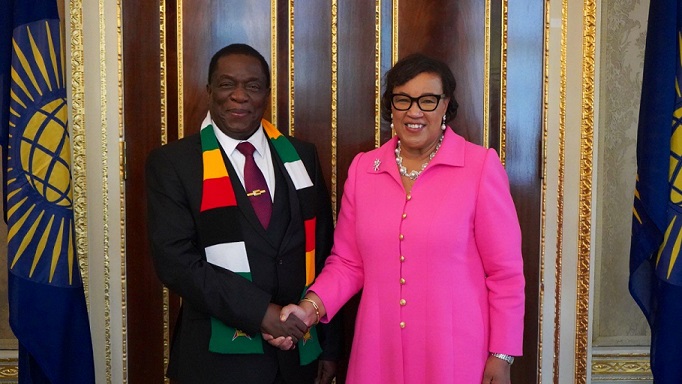By Alphonse Rutazigwa
As the global population increases at unprecedented rate, the more the trees decrease, because of housing clearing land for farming, as well as energy in terms of firewood, as a result, this has negatively affected the number of trees, thereby giving rise to global warming hence causing climate change.
As a matter of fact, the continued growth of population worldwide necessitates more food production, and water competition, as more water is being used in farming, yet the amount of water which existed prior the population explosion, is equally decreasing due to drying of marshlands, which act as the water table, and the environmental degradation as a whole.
Water as a finite resource, has to be rationally distributed. As surface and ground waters, etc.
The new feature of these times is the high value attributed to the respect of the integrity of the ecosystem when using water resources. Efforts are now underway to rethink water planning and management, putting emphasis on the principles of integration between water policy and the three main dimension of sustainable development: environmental, socio-cultural and economic, as an alternative to new massive infrastructures.
In this sense, the technologies that contribute to rational use of water resources play an important role in the integrated water management. The mechanism pertaining to water use with the help of technological application is vital for water resources sustainable use, and ensuring that biodiversity is not tampered with, as a way of conserving environment.
Way back in December 2002, the late Prof. Wangari Mathai said, “Fifty years from now, water resource will be fought over, hence being as expensive as petrol.” But as of to date, people are fighting because of water, a vivid example of such fracas is South Sudan and in the North Eastern part of Kenya where drought has persisted for a long period, hence leading to the drying of vegetation, virtually leaving nothing for livestock to feed on, hence subsequently causing water shortage.
Such vulnerability has rendered the region to lose substantial number of livestock, understandably leading to harsh and severe famine in the region. Unfortunately, most people take water for granted, thinking assuming that it’s an infinite resource, whereas in real fact, it’s a resource which can be depleted, if not properly managed.
Developments have been experienced in the Project area, ranging from upstream controlled schemes having trapezoidal section, lined or unlined, to upstream controlled schemes having high pressurized piped system; and from conventional methods to drip irrigation method. The effects of those kinds of developments over water budget of irrigation schemes from Atatürk Dam in Turkey have been studied, and the data gathering from both, 472,000 ha, of pumping irrigation water and 267.000 ha, of gravity irrigation area is used in this study.
Monthly plant water consumptions are determined through referenced plant water consumption gathered by GIS in association with plant growth index acquired from regional research studies. Irrigation module and annual total irrigation requirement are determined under different schemes and methods by means of monthly estimated plant water consumption rates. The contribution to the cost of energy generated by Atatürk Dam and to the cost of energy under pumping irrigation is determined.
UNEP has identified water crises as among the top global risks in the future, and in 2015, the Intergovernmental Panel on Climate Change’s fifth assessment report warned that climate change would reduce renewable surface water and groundwater resources, hence, intensifying competition for water among all sectors and affecting water, energy and food security.
 
These warnings do foretell us about the existential looming vagaries attributed to nature’s imbalance due to mankind’s activities. According to the WMO’s State of Climate Services 2021, more than 20 per cent of the world’s river basins experienced either rapid increases or declines in their surface water area in 2020.
Since 2000, flood-related disasters have increased by 134 per cent, compared with the two previous decades. The number and duration of droughts also increased by 29 percent.   And it will get worse as the planet gets warmer. The Intergovernmental Panel on Climate Change’s sixth assessment report, released just a few months ago, told us that that continued warming will intensify the global water cycle, including its variability, global monsoon precipitation and the severity of wet and dry events.
